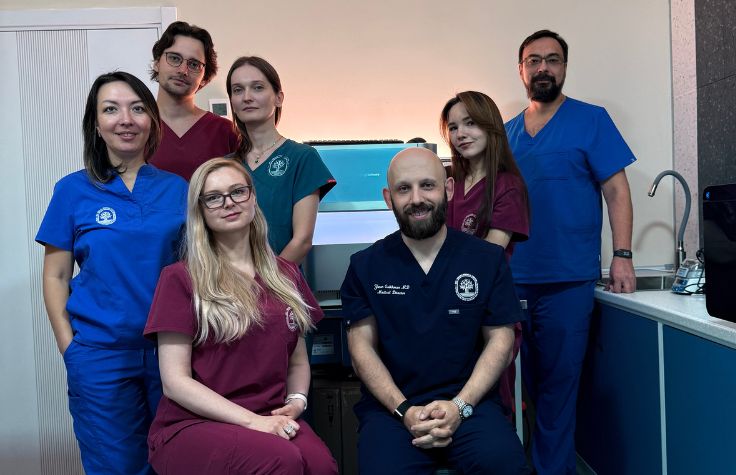
May 31, 2024
At any given time, thousands of clinical trials for cancer are running worldwide. A clinical trial can give patients access to new medicine, another option for treatment, and more focused health care. American Society of Clinical Oncology (ASCO) and National Comprehensive Cancer Network guidelines recommend trial participation, yet enrollment rates remain low. Why?
In an abstract that was accepted at the 2024 ASCO annual meeting, Illumina authors Senior Medical Director of Market Access John Fox, Director of Medical Affairs for Global Oncology Sugganth Daniel, and Product Manager Manavi Abrol wrote that although up to 60% of trials require biomarker information as a prerequisite to participation, guidelines are inconsistent on how and when to use biomarker testing to assess eligibility. They estimate that at any given time, thousands of cancer patients could be missing out on potentially life-changing treatments.
In an effort to help inform policy development, the three authors studied publicly available gene variant information on 12 widely used next-generation sequencing (NGS) tissue- and plasma-based commercial assays that analyze different genomic variants and variant classes.
The authors queried the JAX-CKB database to identify all the genomic prerequisites for active phase I–III clinical trials. They found 185 genes that could render a patient eligible for a targeted therapy in a clinical trial.
Next, they compared the ability of large panels versus small ones to detect these variants. The NGS-based panels with more than 80 genes had higher capture rates for the biomarkers required for clinical trials of targeted therapies (84%, compared to 46% for smaller panels). For specific cancers, such as lung, breast, prostate, pancreatic, and colorectal, they found similar discrepancies in capture rates—large panels fared between 26 and 52 percentage points better. They also noted that smaller panels were more likely to exclude large genes such as BRCA, genome-wide signatures, fusions, and copy number variants.
“Clinicians searching for all relevant treatment options for patients should include large genomic sequencing panels to maximize identification of potential clinical trial eligibility,” the authors conclude, adding that professional societies and policymakers might consider NGS-based panel sizes and variant classes when making recommendations. Notably, routine testing with large panels, among other benefits, could help reduce racial and ethnic disparities in clinical trial enrollment.


